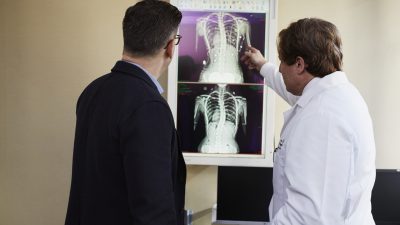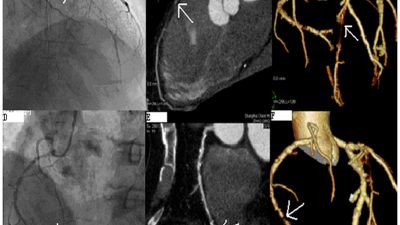This week, we’ve found a number of stories with important insights into the medical management of peripheral artery disease—including expert analysis from ACC Snowmass 2019 with several significant takeaways, a possibly “potent” index for PAD risk stratification, an update on Paclitaxel-coated balloons, and a feature on the latest PAD tech.
New Twists in Medical Management of PAD – MDedge Cardiology
Robert A. Vogel, MD, a preventive cardiology specialist at the University of Colorado, Denver, led a session at ACC Snowmass 2019 cautioning clinicians against “overzealous blood pressure-lowering” in patients with PAD. A recent reanalysis of data from the ALLHAT study found that the risk of lower extremity PAD events increased by “statistically significant and clinically meaningful” degrees when systolic blood pressure fell below 120 mm Hg and diastolic blood pressure fell below 60 mm Hg. Dr. Vogel also discussed a lack of widespread adoption of the Class I recommendations in ACC/AHA guidelines for medical management of PAD. “It’s as if there’s a widespread failure to appreciate the substantial morbidity and mortality conferred by PAD,” reads the MDedge article. Read more »
Paclitaxel Drug-Coated Balloons: A Safe Option for Femoropopliteal PAD – Cardiology Advisor
In January, the Food and Drug Administration issued a safety alert regarding the possibility of an increased risk of death associated with the use of paclitaxel-coated balloons for the treatment of peripheral arterial disease. The latest development: an indpendent meta analysis published in the Journal of the American College of Cardiology found that Paclitaxel DCBs are “not associated with an increase in mortality when used to treat femoropopliteal [PAD], particularly when compared with uncoated percutaneous transluminal angioplasty,” reads the brief summary in Cardiology Advisor. The survival analysis stratified patients by paclitaxel dosage and found no difference between low, mid and upper tercile groups. Authors argue that “there is no correlation between any level of paclitaxel exposure and mortality” in their analysis. Read more »
Aterial Stiffness Index May be Potent Tool for PAD Risk Stratification – MDedge Cardiology
A new study in the Journal of Surgical Research found peripheral arterial stiffness to be “associated with increased rate of major adverse cardiac events, independent of age, coronary artery disease, and Rutherford category,” reads a summary in MDedge. “These findings suggest that increased stiffness of peripheral arteries may play a predictive role in patients with PAD,” wrote the researchers. Read more »
New Peripheral Stent Technology – Diagnostic and Interventional Cardiology
Dave Fornell, Editor of DAIC authored a lengthy feature last week on developments in peripheral stent technology, recapping trial results, FDA approvals and more developments for unique stent devices in peripheral arteries, where anatomy is “hostile” to “conventional, rigid coronary stents.” Discussing new approaches to stenting below the knee, Fornell tocuhes on the exciting LimFlow System and Tack Endovascular System, where study results are pending, in addition to recapping the new Appropriate Use Criteria for PAD released in December. Read more »
Physician Burnout Tied to Ability to Address Social Needs – MPR
On an important note unrelated to PAD, news crossed our desks related to new findings in physician burnout—an issue affecting the quality of care in cardiology and in health care at large. A new study published in the Journal of the American Board of Family Medicine found that, among family physicians, burnout was less likely to be reported among physicians with a high perception of their clinic’s ability to address patients’ social needs. Read more »
Physician burnout is an issue that we’ve discussed previously in an October 2018 edition of the Quality Matters News Brief. This new study confirms what in recent years has been discussed as an “overlooked cause of physician burnout,” which is physicians’ perceived ability to provide quality care to their patients. Our October News Brief took a look at the negative effects of physician burnout—on quality and cost—and asked if accreditation, like that offered by ACE, could be a protective factor against physician burnout. Read more »












